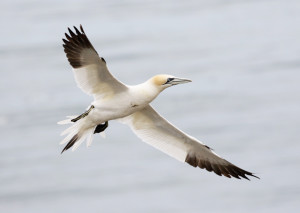
Sitting just a metre away from Britain’s largest seabird with the wind in my face and only the sound of tens of thousands of nesting Puffins, Guillemots, Razorbills, Kittiwakes and, of course, Gannets gave me the sense that I was perched on the cliff face nesting site with the multitude of birds but in actuality one individual Gannet had accidently landed in one of the viewing platforms at Bempton Cliffs RSPB reserve giving me an incredibly close encounter with this massive bird.
The noise and smell of the nesting birds hits you before you reach the cliff tops but this still does not prepare you for the first time you see the amazing sight of the masses of Bempton Cliffs seabirds at the height of the nesting season. While you are not guaranteed to end up sharing a seat with a Northern Gannet when visiting Bempton Cliffs, as long as you time your visit in the breeding season you are guaranteed spectacular views of these fantastic birds as they fly past at eye level and argue among each other on the cliffs.
At Bempton, cliff tops, a couple of miles in length, are protected by the Royal Society for the Protection of Birds where the distinctive white plumage, with black and yellow trimmings, of Northern Gannets dominate due to their size as well as numbers. While many species of birds are on the decrease Northern Gannet numbers are increasing at most of their colonies worldwide and this is also true at Bempton Cliffs. before my visit in 2021 most of the information available indicated 11000 pairs of Gannets nesting at this site but in conversations with staff during my visit they indicated that the numbers had increased to over 13000 pairs. I wouldn’t want to try and count them myself but in this video I have tried to capture something of the atmosphere and vast numbers of these magnificent birds along with some information about their breeding habits.
One of the most amazing things that most visitors to Bempton Cliffs notice is how so many Gannets pass by and give observers eye-to-eye views. Most of us are not used to being quite so close to such large birds but here this is normal and if you are a photographer there is a never-ending procession of photo opportunities.
Adult Northern Gannets are easy to recognize with their white plumage with black trimmings and straw-coloured heads but when seen at a distance younger birds can be confusing with a variety of dark brown and white patchy plumages depending on their age. Typically they take five years to reach full maturity.
The Gannet above already has the distinctive head colouration of an adult bird and can be confused with other seabirds if seen far out to sea; similarly the individual below.
When observed at distance, flying over a rolling sea, the younger, all brown, Northern Gannets can be mistaken for Shearwaters or Skuas in the way they fly but if they are seen close to other seabirds, such as gulls, the size becomes obvious.
At close range Northern Gannets are unmistakeable in any form of plumage and when they gather on the cliffs at Bempton it is interesting to see that immature birds engage in courtship rituals as well as the adults. Although these younger birds do not usually breed they are learning their “skills” for the future.
Standing on the cliff tops on a windy day really allows birders to see these magnificent birds at their most agile. As the wind hits the cliffs it is forced into an updraft which the Gannets ride, often suddenly appearing from nowhere to be right in front of you; great for taking photos.
A visit to Bempton Cliffs in the breeding season is about more than just Gannets though. Puffins, Razorbills, Fulmars, Kittiwakes, Guillemots, Shags and gulls all nest there too. Most of these birds start departing the cliffs by the end of July but the Gannets are present for much longer; their chicks taking longer to fledge due to their size. This means that even into early October there are still plenty of Gannets for visitors to enjoy.
For anyone wishing to visit Bempton Cliffs all the information you need is on the RSPB website – RSPB Bempton Cliffs – between mid April and early August the cliffs are stacked with seabirds. This site is also a good one for seeing Eurasian Tree Sparrow which is present all year round and has become very scarce in much of UK.


 September 2nd, 2021
September 2nd, 2021  Nick
Nick 

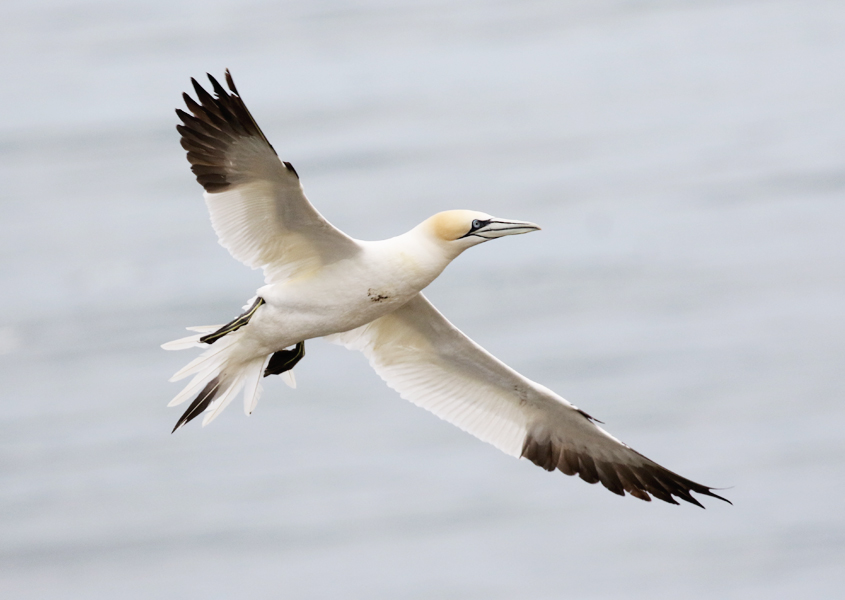
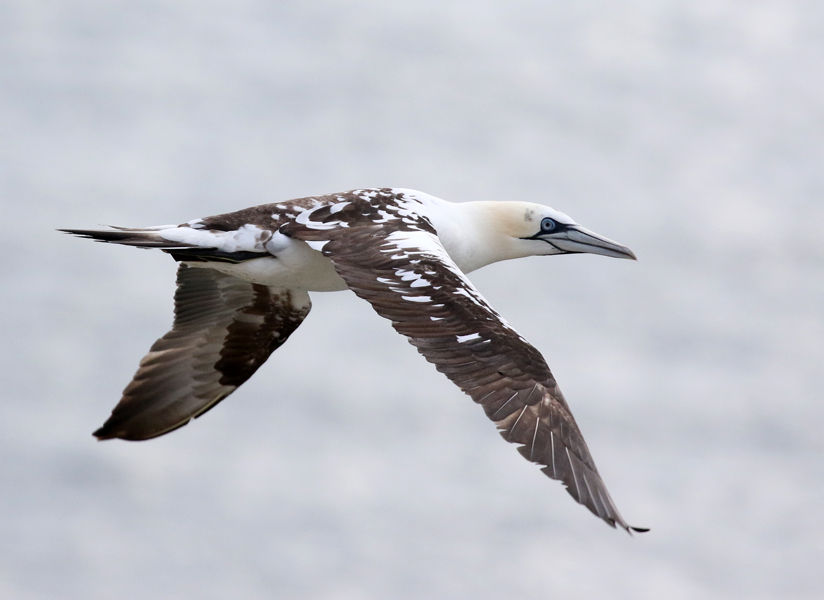
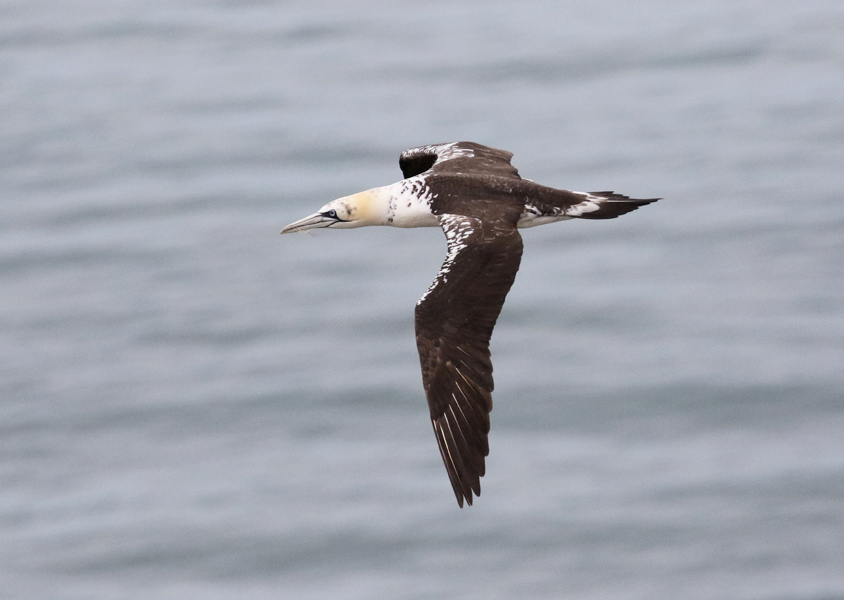
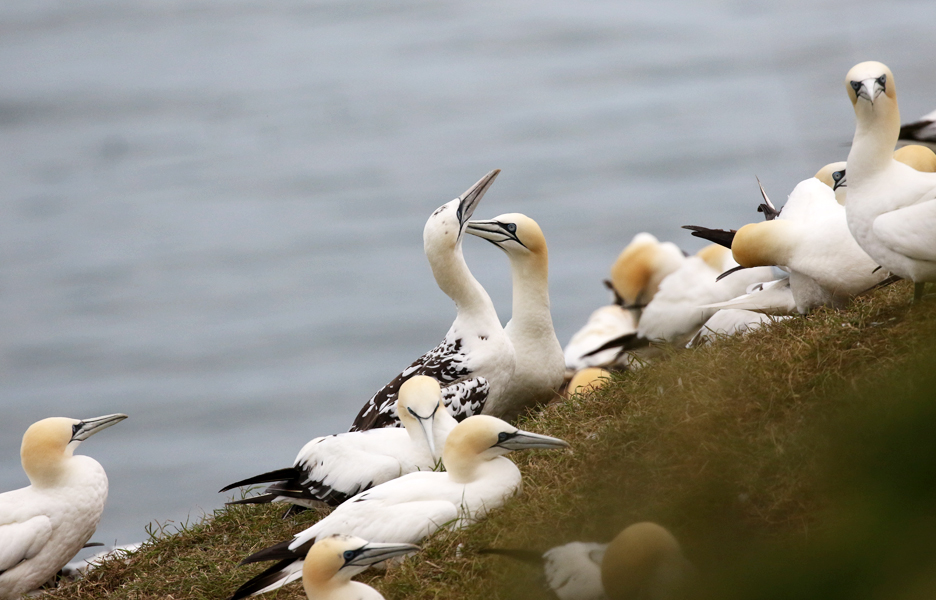
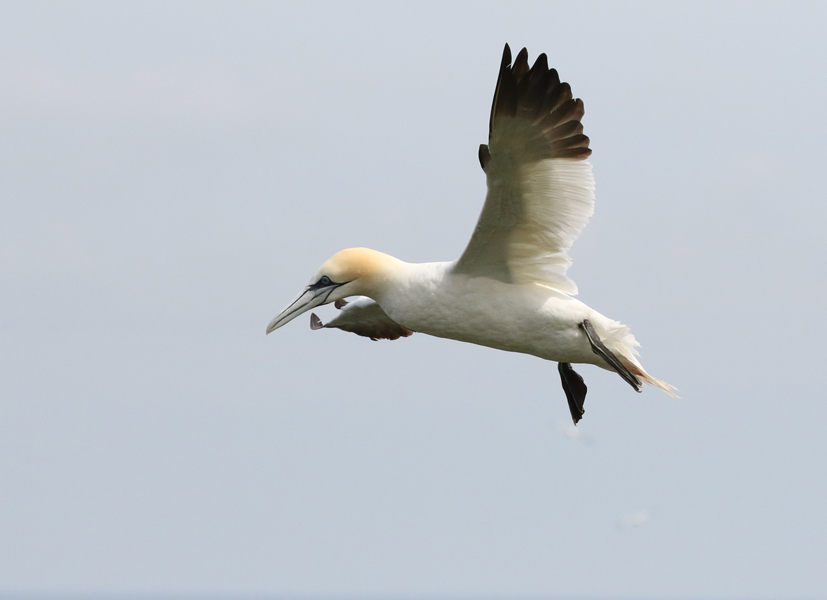
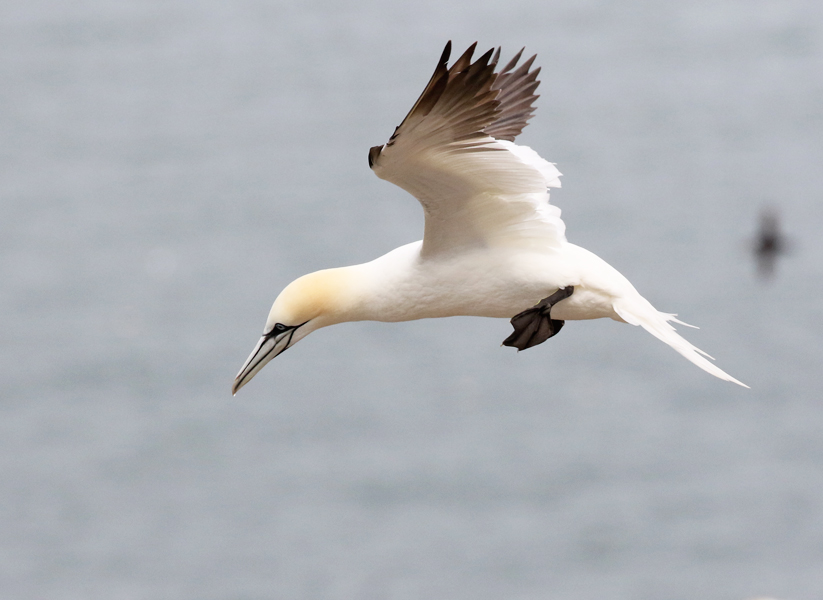

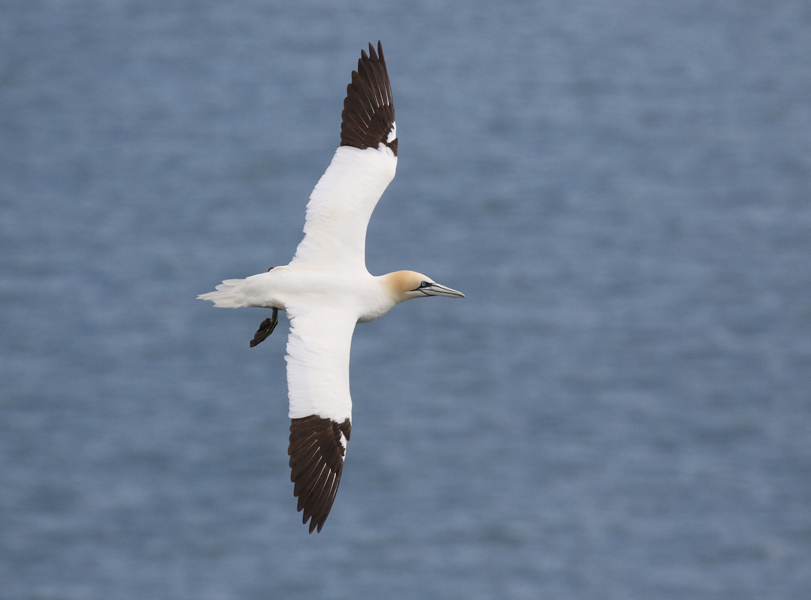
 Posted in
Posted in  Tags:
Tags: 










